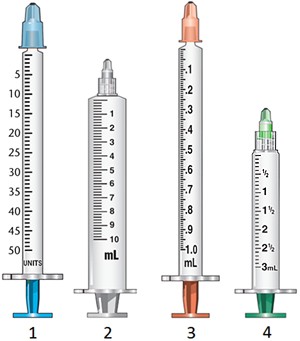The nurse overseeing care in the ICU reviews the shift report on four patients. The nurse recognizes which patient to be at greatest risk for the development of cardiogenic shock?
A) The patient admitted with acute renal failure
B) The patient admitted following an MI
C) The patient admitted with malignant hypertension
D) The patient admitted following a stroke
Ans: B
Feedback:
Cardiogenic shock may occur following an MI when a large area of the myocardium becomes ischemic, necrotic, and hypokinetic. It also can occur as a result of end-stage heart failure, cardiac tamponade, pulmonary embolism, cardiomyopathy, and dysrhythmias. While patients with acute renal failure are at risk for dysrhythmias and patients experiencing a stroke are at risk for thrombus formation, the patient admitted following an MI is at the greatest risk for development of cardiogenic shock when compared with the other listed diagnoses.
You might also like to view...
The nurse is beginning a physical assessment of a client. For which assessment should the nurse use percussion?
1. Heart sounds 2. Presence of gas in the intestines 3. Equal symmetry of chest expansion 4. Presence of fluid in the lungs
By knowing about variations in infants' blood count, nurses can explain to their patients that:
a. A somewhat lower than expected red blood cell count could be the result of delay in clamping the umbilical cord. b. The early high white blood cell (WBC) count is normal at birth and should decrease rapidly. c. Platelet counts are higher than in adults for a few months. d. Even a modest vitamin K deficiency means a problem with the ability of the blood to clot properly.
A nursing student is providing a complete bed bath to a 60-year-old diabetic client. The student is conducting an assessment during the bath. The student observes a red, raised rash under the client's breasts. This manifestation is most consistent with:
A) an allergic reaction to medications. B) an allergic reaction to detergent. C) a rash related to a yeast infection. D) a rash related to immobility.
Identify the syringe depicted by number 3. 
A. tuberculin syringe B. large-capacity syringe C. standard syringe D. insulin syringe